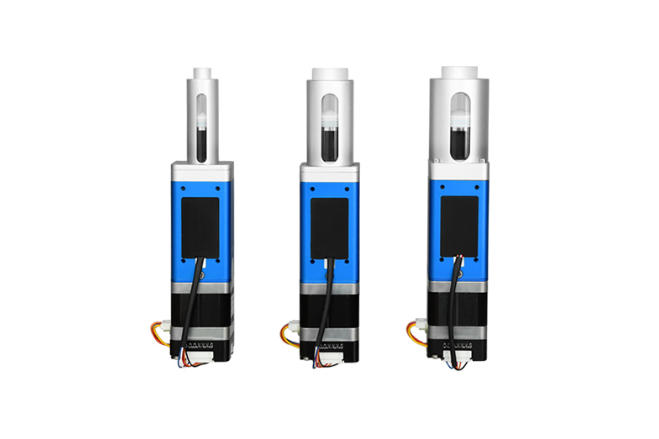Recently, Nanjing Runze Fluid Control Equipment Co., Ltd. released a technical analysis report on SY-08 Syringe Pump 485 communication issues, providing professional solutions for users. As precision fluid control equipment, syringe pumps are widely used in medical, pharmaceutical, laboratory, and other fields. However, during actual operation, especially in multi-device setups, some users may encounter return code exceptions, affecting normal system operation and process control.

According to research by Nanjing Runze Fluid Control Equipment Co., Ltd., Syringe Pump communication exceptions primarily present in three scenarios:
The host control system (e.g., PLC) receives unrecognizable data frames, featuring garbled return codes or checksum failures, preventing accurate status determination.
The pump executes motion commands correctly, but status queries (e.g., using the 66 command to check position) return inaccurate information, causing process interruption or judgment errors.
Communication functions normally during single-device testing but fails immediately when multiple pumps are connected to the same communication bus.
Through professional technical analysis, two primary causes have been identified:
Multiple devices use the same default communication address. Commands from the host trigger simultaneous responses from all devices, causing data packet overlap and collision on the bus.
Using global call commands (e.g., address query commands) causes all devices on the bus to respond at once, leading to data collision and parsing failures by the host.
In response to these issues, technical professionals have proposed the following solutions:
1.Set Independent Device Addresses:
Assign a unique address to each syringe pump on the same 485 bus.
Use dedicated configuration software or commands to modify addresses device by device. Restart the device after modification to ensure settings take effect.
2.Standardize Command Transmission Rules:
Avoid using broadcast-type commands for status queries in multi-device systems.
Ensure all operation and query commands are explicitly directed to specific device addresses, guaranteeing only one device responds at any given time.
3.Establish a Standard Communication Process:
Implement a polling sequence: Send action command to Device A -> Query status of Device A -> Confirm execution completion -> Then send commands to Device B.
This process prevents multiple devices from responding simultaneously, enhancing communication reliability.
4.Verify Address Modification:
After address configuration, send a specific command (e.g., reset or movement command) to the new address and confirm the target device responds correctly, ensuring proper communication setup.
Technical professionals specially note that RS485 communication relies on a master-slave architecture. Proper address management and communication sequencing are essential to avoid bus contention. Correct configuration and process design are fundamental to ensuring stable system operation.
The release of this technical analysis report provides professional guidance for research, production, and other professionals using syringe pumps, helping to improve system reliability and operational efficiency.